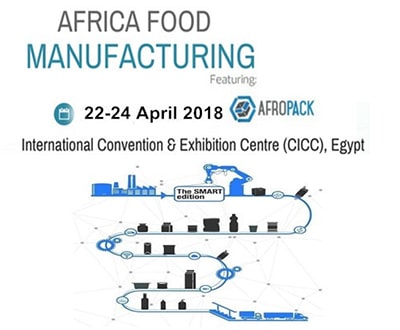How to Prevent Contamination in Chocolate Packing
Chocolate is a delicious and indulgent treat that is enjoyed by people of all ages. However, it is important to be aware that chocolate can be contaminated with a variety of harmful bacteria and chemicals if it is not properly packaged.
Importance of Preventing Contamination
Contaminated chocolate can cause a variety of health problems, including food poisoning, nausea, vomiting, and diarrhea. In some cases, contaminated chocolate can even be fatal. Therefore, it is important to take steps to prevent contamination from occurring.
Common Sources of Contamination
There are a number of common sources of contamination that can occur during chocolate packing. These include:
– Bacteria: Bacteria can be introduced into chocolate through contact with contaminated equipment, surfaces, or hands.
– Chemicals: Chemicals can be introduced into chocolate through contact with contaminated packaging materials or cleaning agents.
– Physical contaminants: Physical contaminants, such as hair, insects, or glass, can be introduced into chocolate through contact with contaminated equipment or packaging materials.
Preventing Contamination
There are a number of steps that can be taken to prevent contamination from occurring during chocolate packing. These include:
Proper Equipment Cleaning and Maintenance
All equipment that comes into contact with chocolate should be properly cleaned and maintained. This includes machinery, utensils, and packaging materials. Cleaning should be done with a food-grade cleaner and sanitizer. Equipment should also be inspected regularly for damage and repaired or replaced as needed.
Good Manufacturing Practices
Good manufacturing practices (GMPs) are a set of guidelines that can help to prevent contamination in chocolate packing. These guidelines include:
– Preventing cross-contamination: Chocolate should not be packed in the same area as other products that could be a source of contamination.
– Using proper packaging materials: Chocolate should be packaged in materials that are approved for food use and that will prevent the introduction of contaminants.
– Training employees: Employees should be trained on GMPs and on the importance of preventing contamination.
Quality Control
Quality control measures can help to ensure that contaminated chocolate does not reach consumers. These measures include:
– Inspection of incoming materials: All materials that are used in chocolate packing should be inspected for contamination before they are used.
– Testing of finished products: Finished chocolate products should be tested for contamination before they are released for sale.
– Recall procedures: If contaminated chocolate is discovered, it should be recalled immediately.
Conclusion
By following these steps, chocolate manufacturers can help to prevent contamination from occurring and ensure that consumers can enjoy their chocolate safely.
-
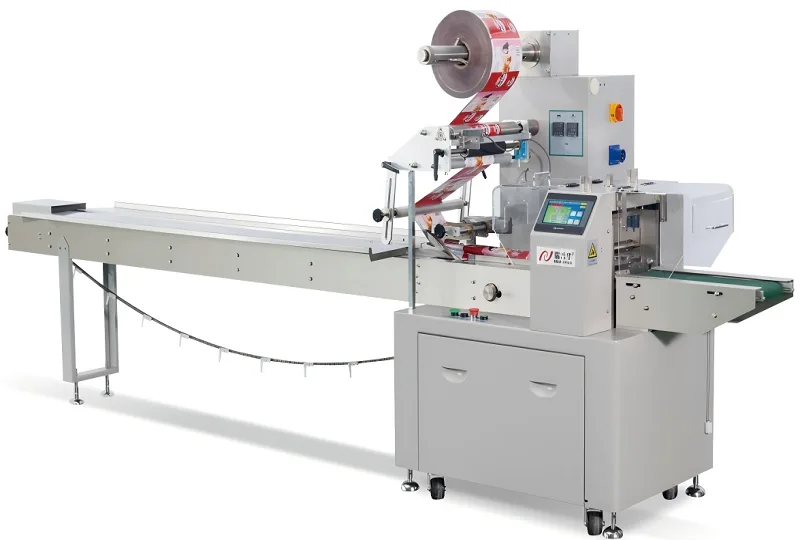 01
01Automatic Tray Loading and Packaging Equipment: Boost Efficiency to 160 Bags/Minute
21-11-2025 -
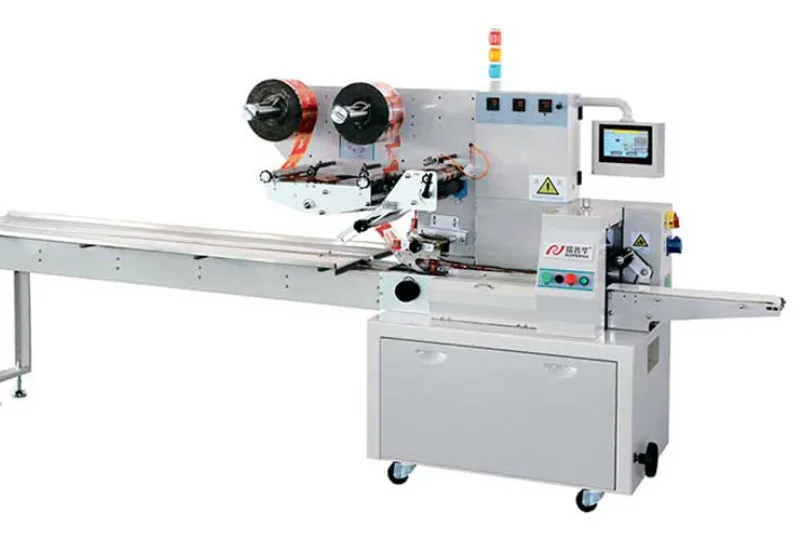 02
02Automatic Soap Packaging Machine: Boost Productivity with 99% Qualification Rate
21-11-2025 -
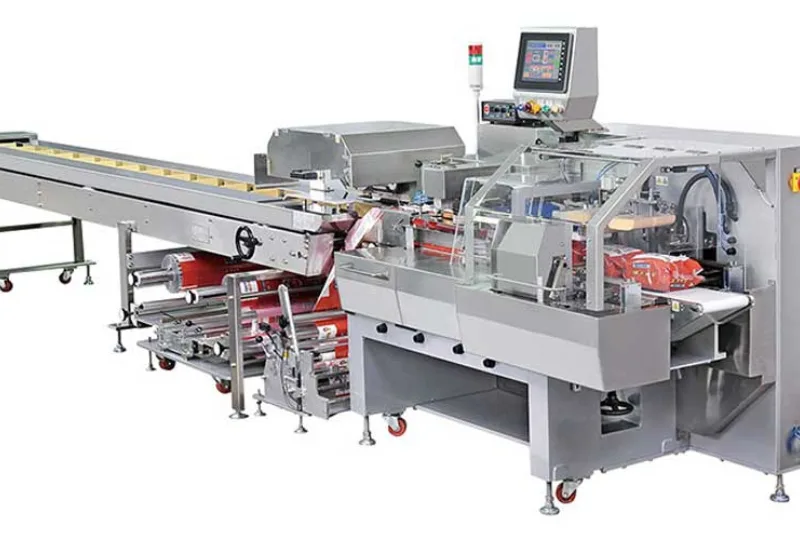 03
03A Deep Dive into Automatic Toast Processing and Packaging System
18-11-2025 -
 04
04The Future of Bakery Production: Automated Toast Processing and Packaging System
18-11-2025 -
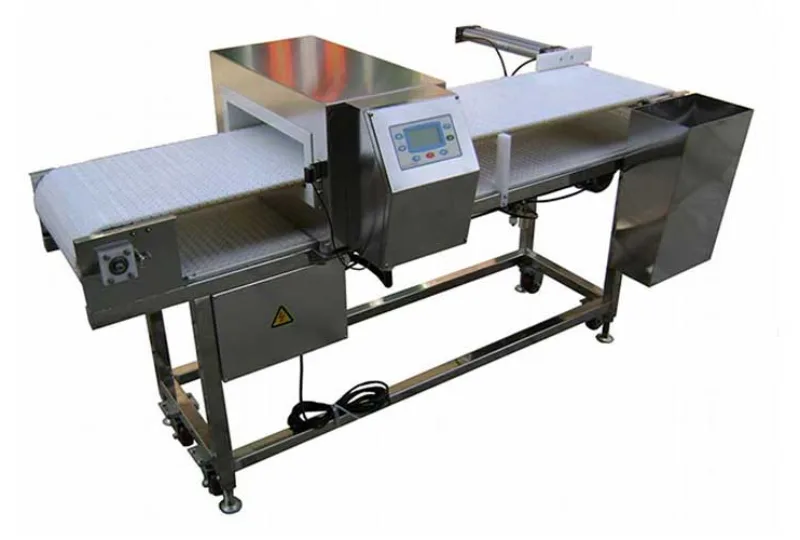 05
05Reliable Food Packaging Solutions with China Bread, Candy, and Biscuit Machines
11-10-2025 -
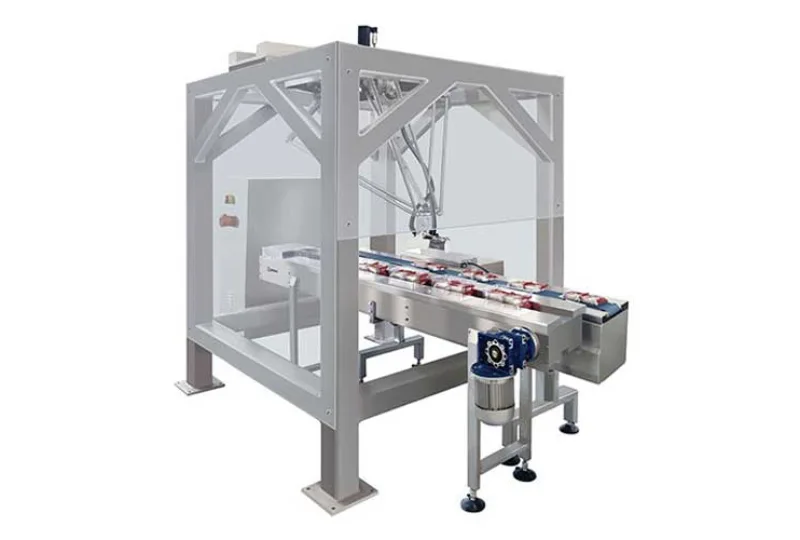 06
06High-Performance Automated Food Packaging Equipment for Modern Production
11-10-2025 -
 07
07Reliable Pillow Packing Machines for Efficient Packaging Operations
11-10-2025 -
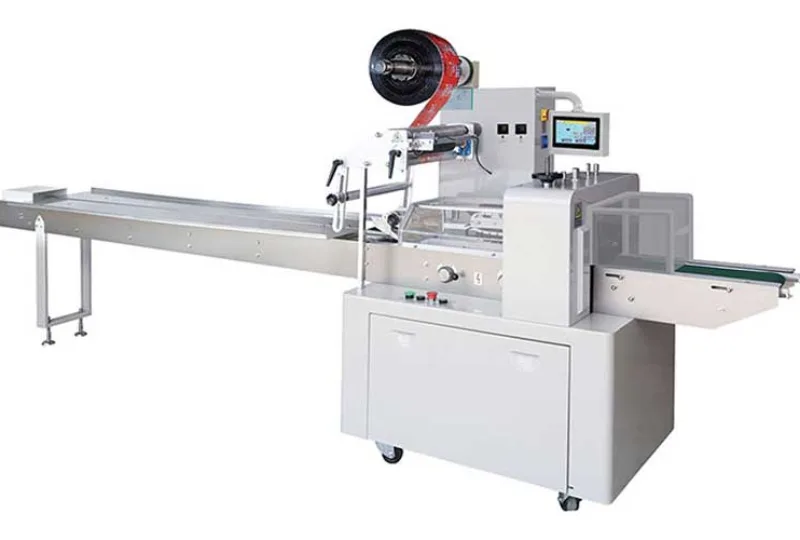 08
08Advanced Fully Automatic Packaging Solutions for Efficient Production
11-10-2025 -
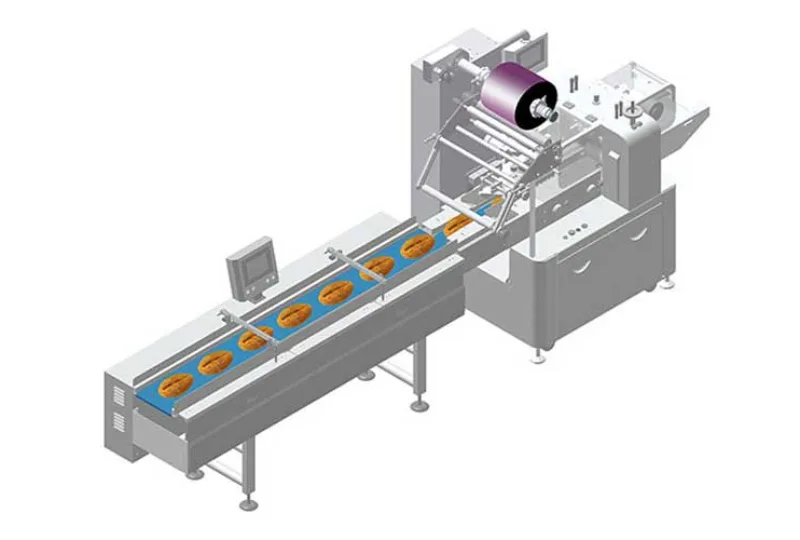 09
09Efficient Automatic Food Packaging Solutions for Modern Production
11-10-2025 -
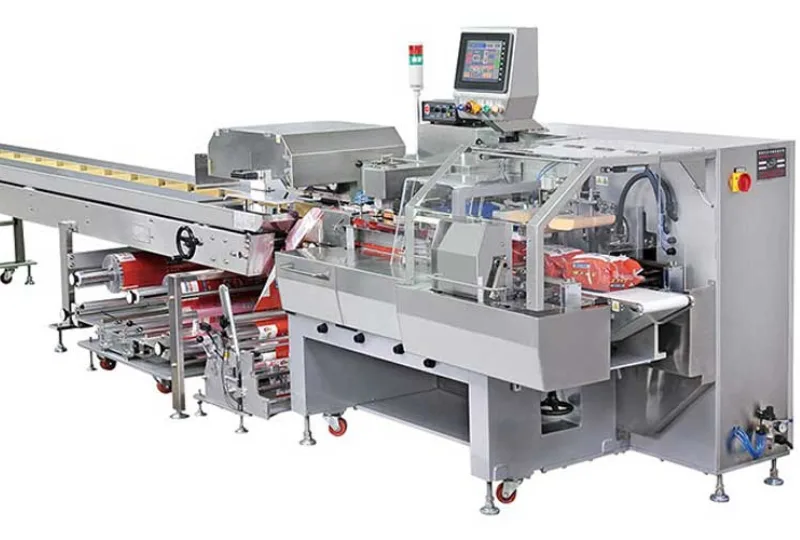 10
10Advanced Automatic Packaging Equipment for Efficient Production
11-10-2025





